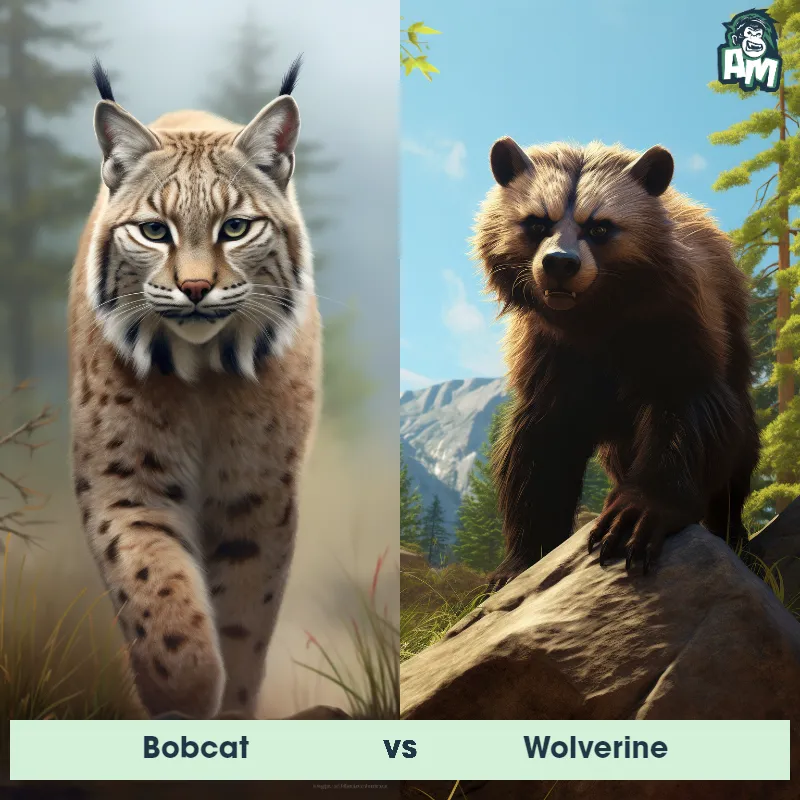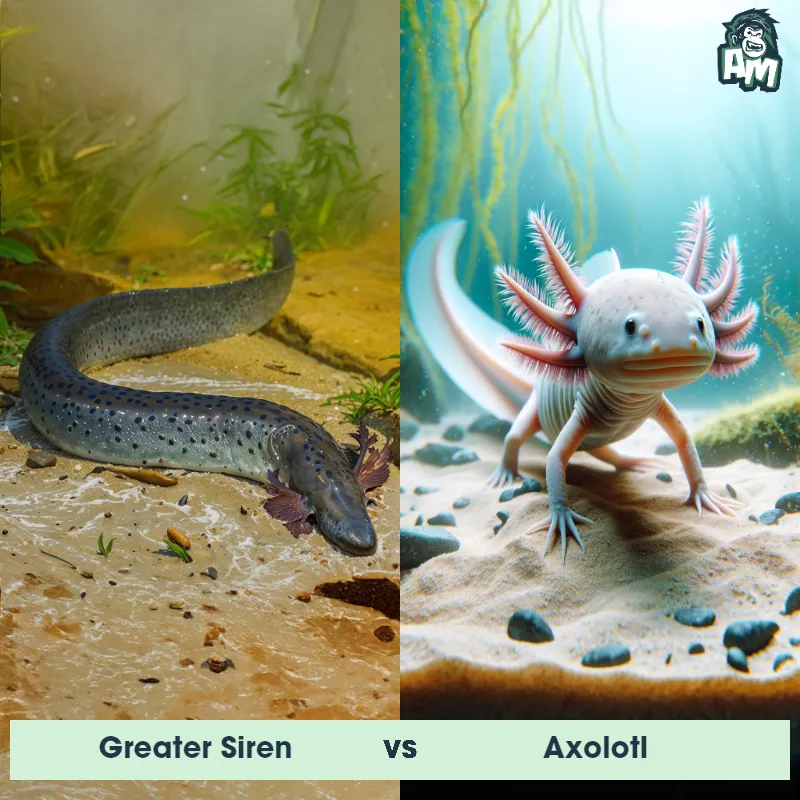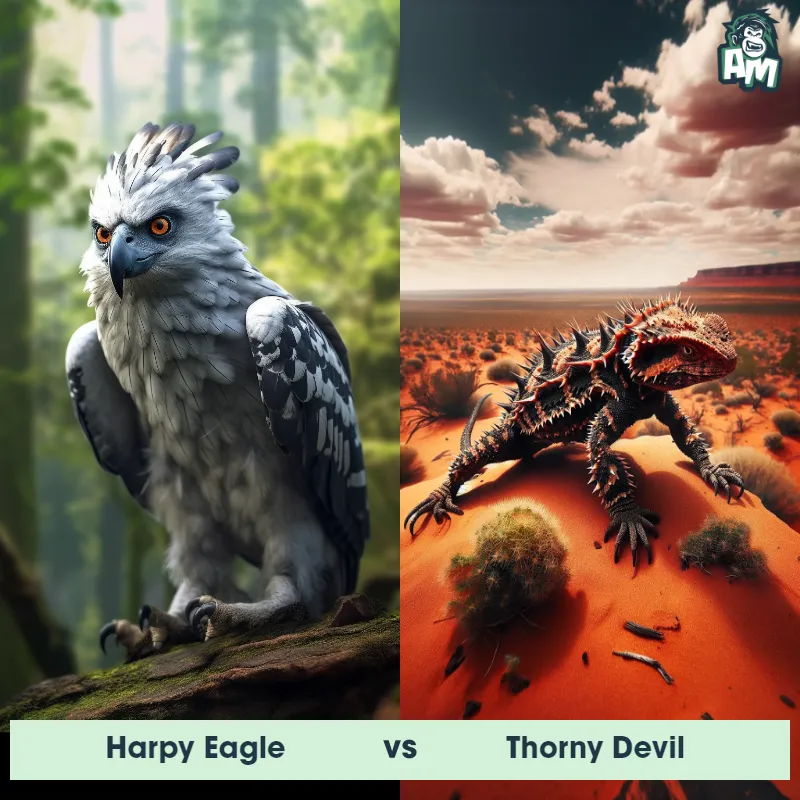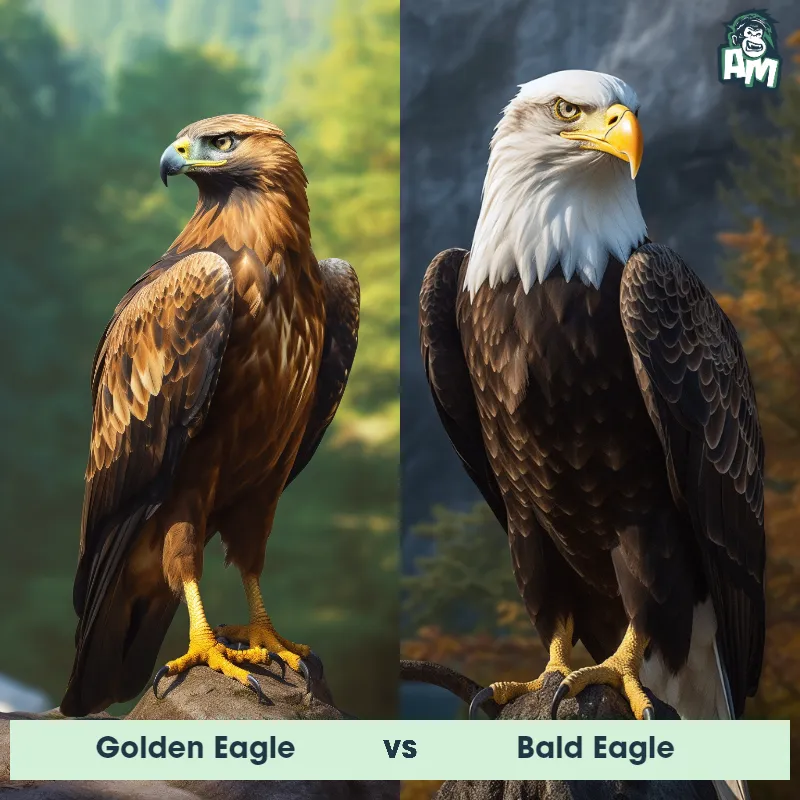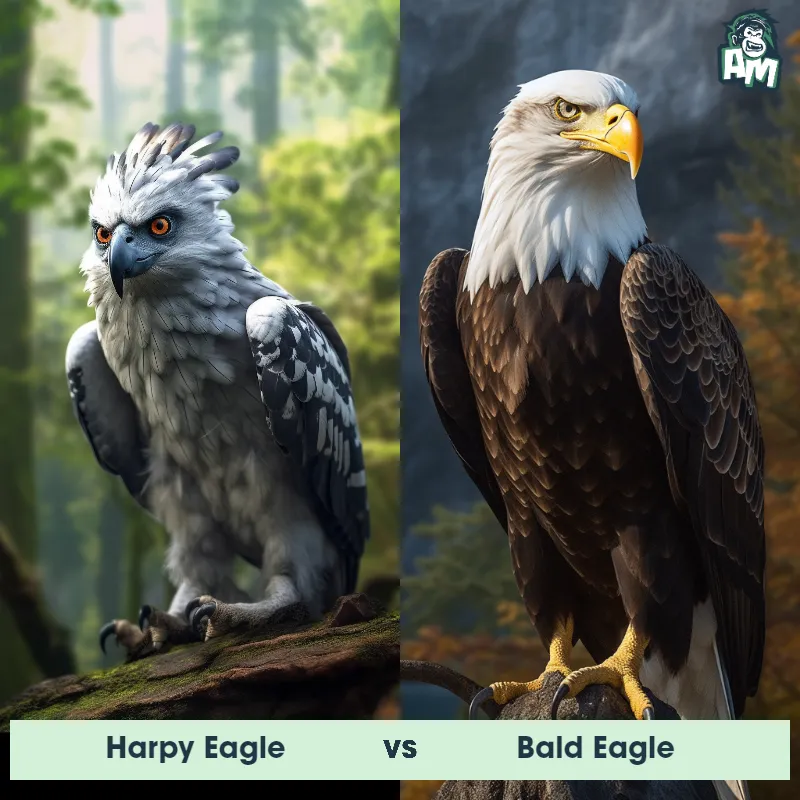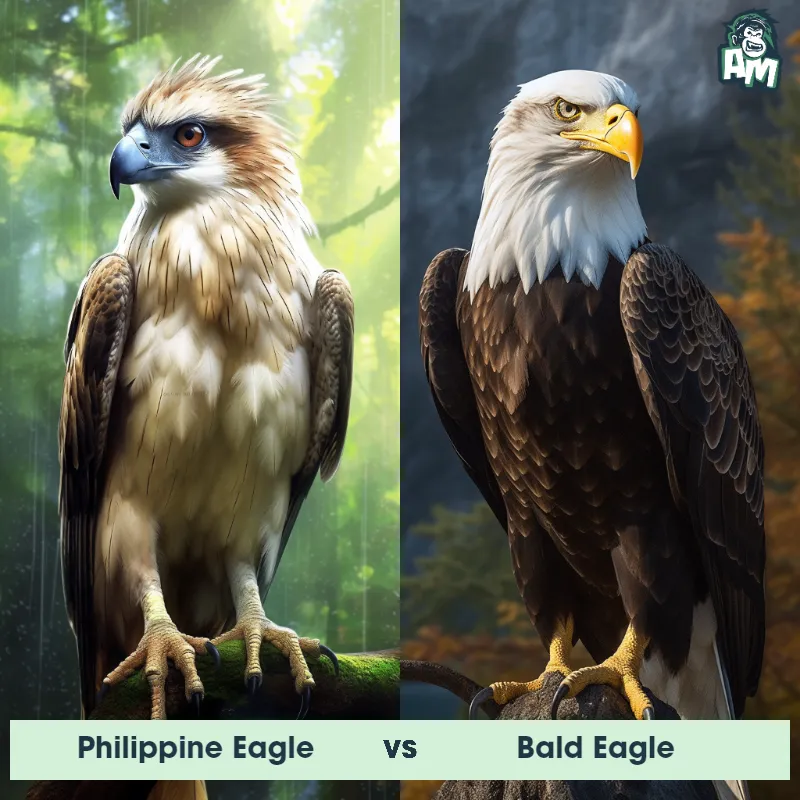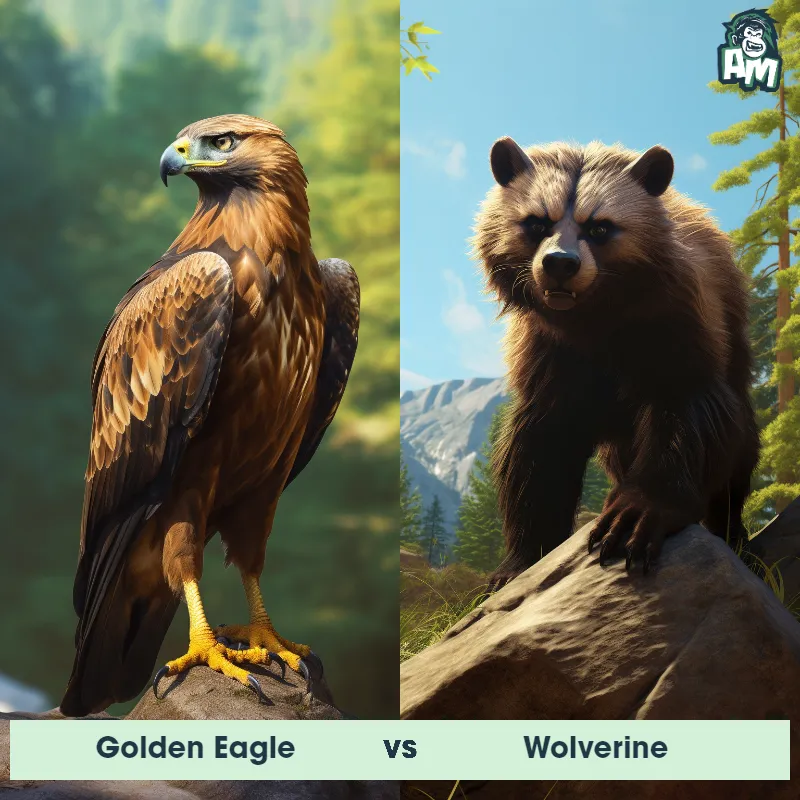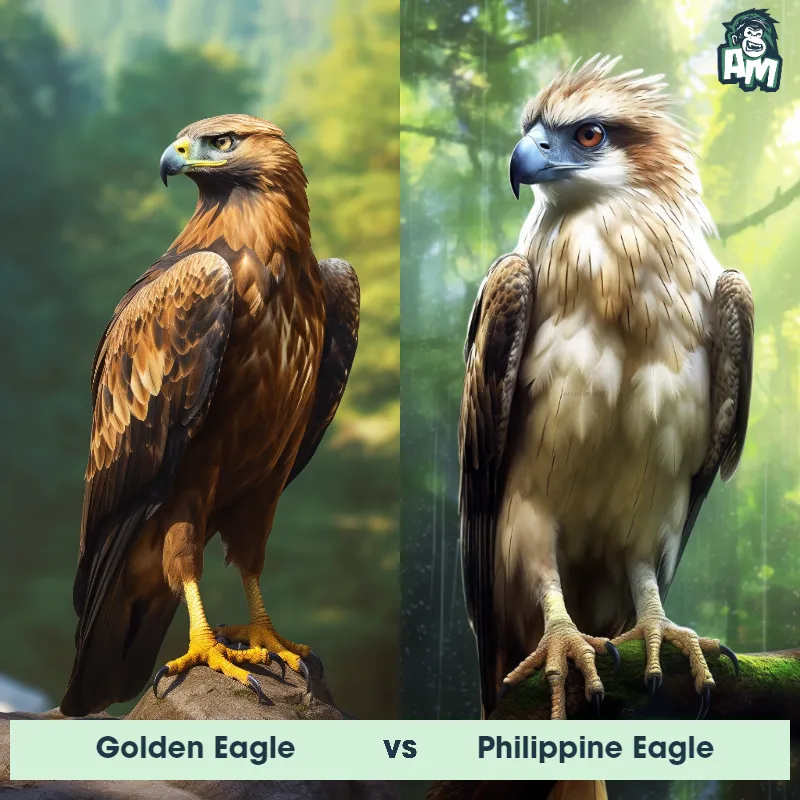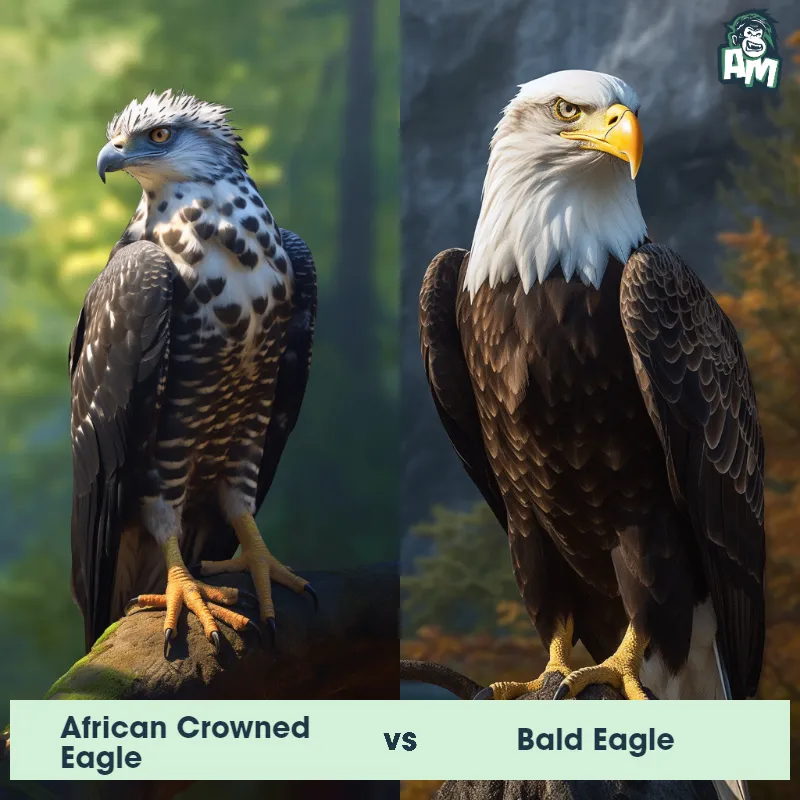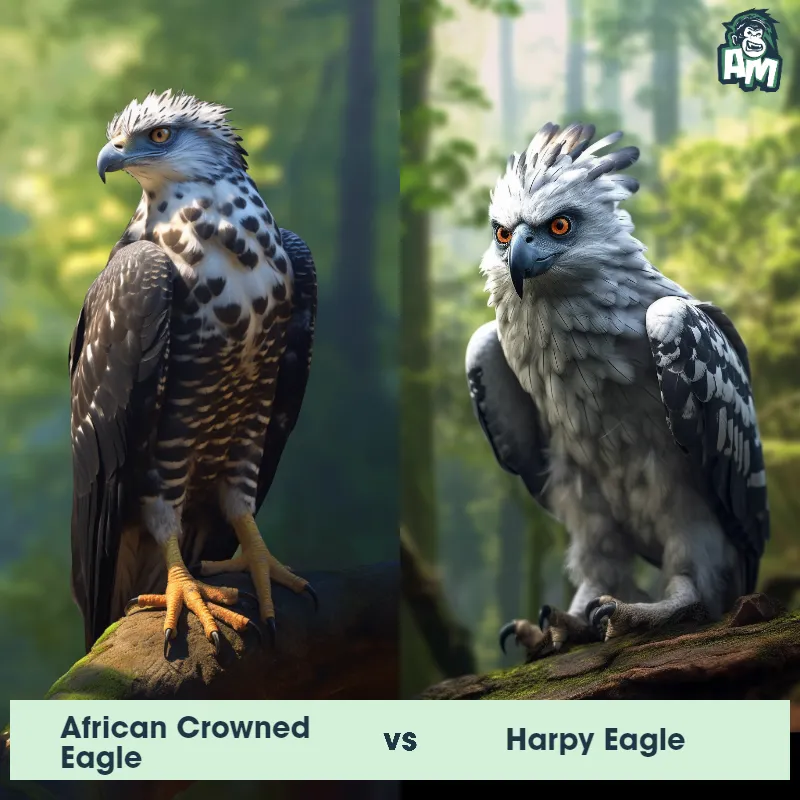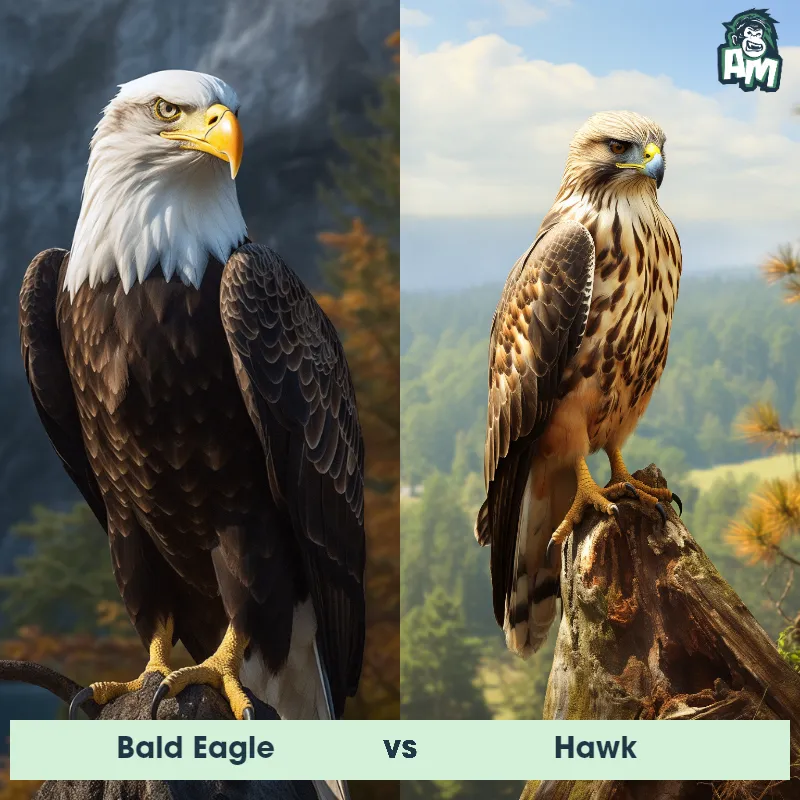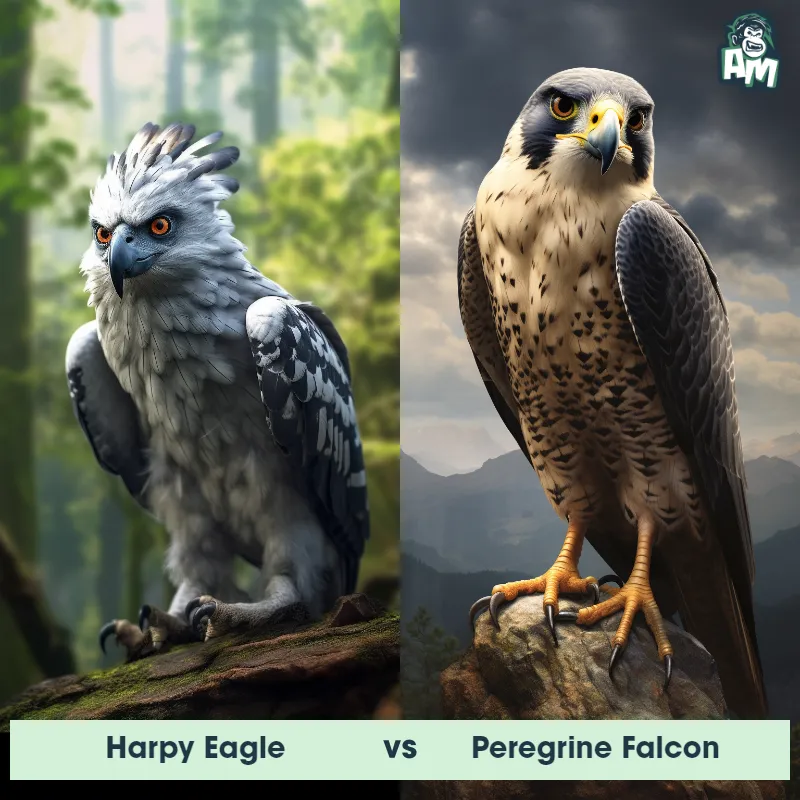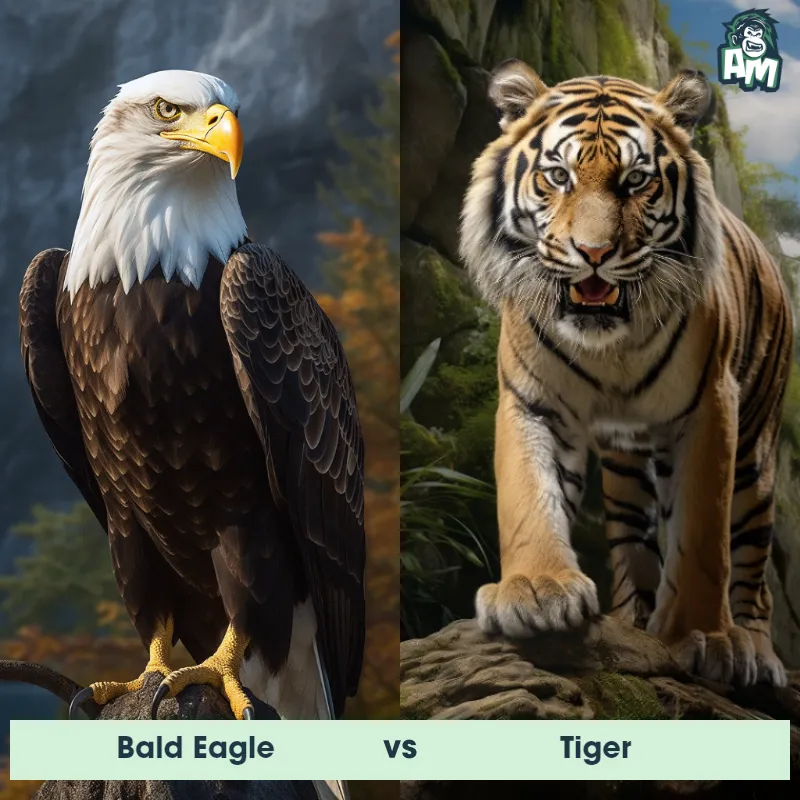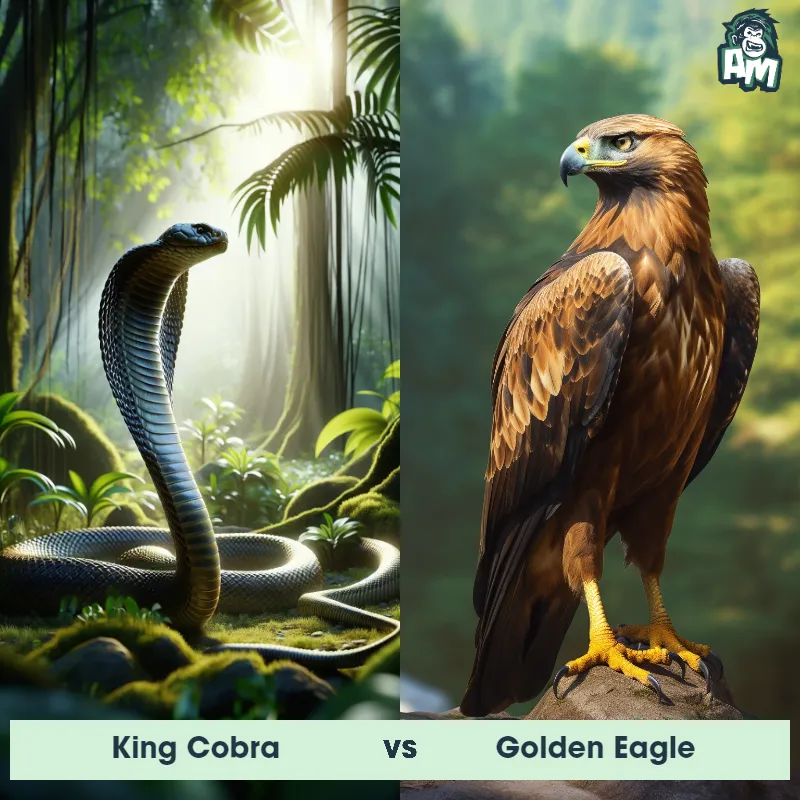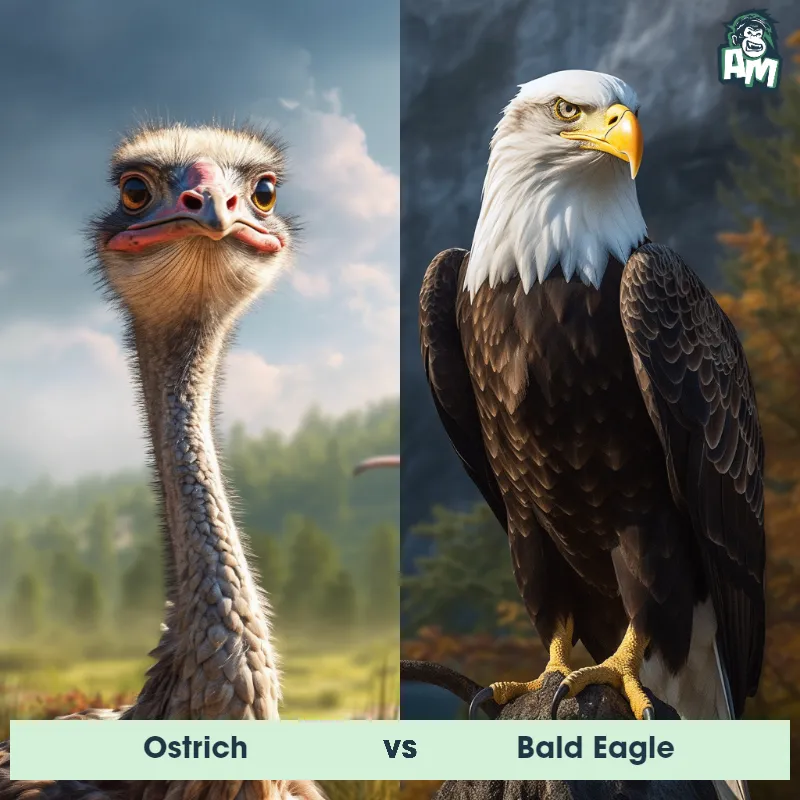Bald Eagle vs Peregrine FalconSee Who Wins
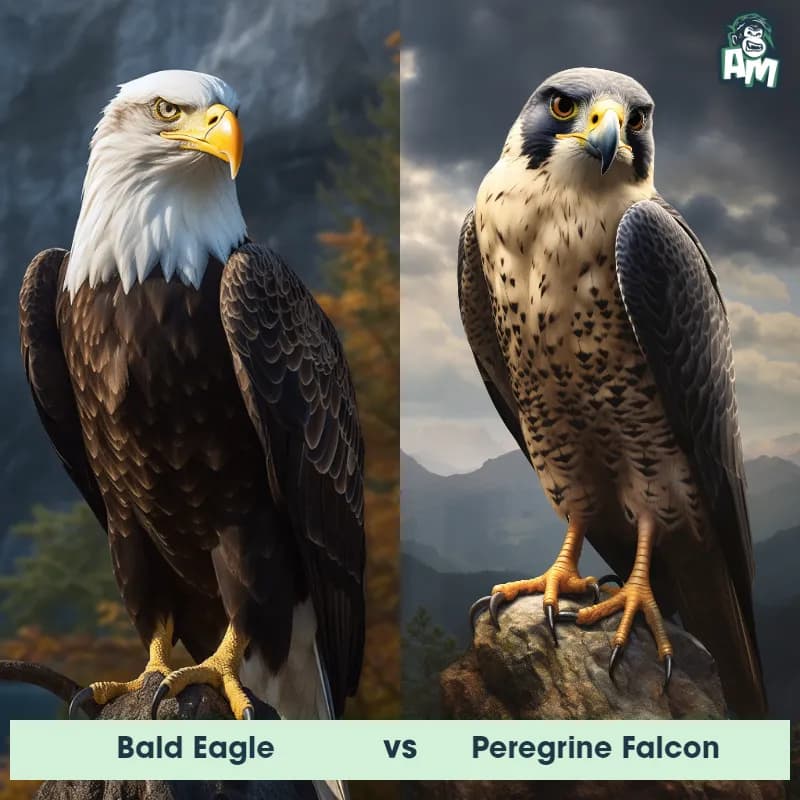
Ladies and gentlemen, welcome to this epic showdown between two extraordinary creatures of the sky. It's a battle of speed, agility, and sheer intensity. In one corner, we have the majestic Bald Eagle, a symbol of strength and freedom. And in the other corner, we have the lightning-fast Peregrine Falcon, known for its remarkable diving ability. Get ready for a three-round fight that will leave you breathless!
Contender 1: Bald Eagle
The Bald Eagle, also known as the American Eagle, is a bird of prey found in North America. It is known for its white head and tail feathers, dark brown body, and sharp talons. Bald Eagles have a wingspan of up to 7 feet and can weigh up to 14 pounds. They are known for their impressive hunting skills and can dive at speeds of up to 100 miles per hour to catch their prey.
Fun Fact: Bald Eagles are known for their impressive eyesight, which is four times better than that of a human. They can spot their prey from up to two miles away!
Contender 2: Peregrine Falcon
The Peregrine Falcon is a raptor known for its speed and hunting prowess. It has a sleek body with long, pointed wings and a short tail, making it well-suited for high-speed pursuits. Its upper body is a bluish-gray, while its underparts are pale with darker spots, and it has a distinctive black "hood" and sideburns. Adult Peregrine Falcons have a body length of 34 to 58 cm and a wingspan from 74 to 120 cm. This bird is found all over the world, from the cold, harsh Arctic tundra to the warm desert regions.
Fun Fact: Peregrine Falcons are renowned for their incredible diving speed, which can exceed 240 miles per hour, making them the fastest animals in the world.
Matchup Stats
| Bald Eagle | Peregrine Falcon | |
|---|---|---|
| Size | Up to 3 feet (91 cm) in height and 7 feet (213 cm) in wingspan. Metric: Up to 91 cm in height and 213 cm in wingspan | 13.4 to 22.8 inches (34 to 58 cm) in length |
| Weight | Up to 14 pounds (6.4 kg). Metric: Up to 6.4 kg | 1.1 to 3.3 lbs (0.5 to 1.5 kg) |
| Speed | Speed: 120 mph (193 km/hr) | 240 mph (386 km/h) |
| Key Strength | Sharp talons and powerful beak | Incredible speed and strong, sharp talons |
| Biggest Weakness | Vulnerable to larger predators such as bears and cougars | Less effective in close-quarters combat due to preference for high-speed pursuits |
Current Votes
Bald Eagle vs Peregrine Falcon
See Who Wins
View More Matches
Looking For More?
Similar Matches
Scientific Stats
| Bald Eagle | Peregrine Falcon | |
|---|---|---|
| Scientific Name | Haliaeetus leucocephalus | Falco peregrinus |
| Family | Accipitridae | Falconidae |
| Habitat | Near water bodies such as lakes, rivers, and coasts | Wide variety including coastlines, mountains, cliffs, cities |
| Geography | North America | Worldwide, from Arctic tundra to desert regions |
| Diet | Fish, small mammals, and birds | Primarily birds, occasionally small mammals |
| Lifespan | 20 years - 30 years | 8 years - 15 years |
Key Differences between Bald Eagle and Peregrine Falcon
- Flight pattern: The Bald Eagle is known for its slow, soaring flight with steady, powerful wing beats and glides. It often holds its wings flat and level. Conversely, the Peregrine Falcon has a distinctive swift flight characterized by rapid wing beats and occasional aerobatic maneuvers, including high-speed dives or stoops.
- Plumage color: The Bald Eagle has a distinctive white head and tail, contrasting with its dark brown body and wings. In contrast, the Peregrine Falcon has a dark gray or slate-blue back and wings, with a white or cream-colored chest and belly.
- Hunting behavior: Bald Eagles are primarily fish-eaters and will often snatch fish from the water while in flight or steal from other birds. Peregrine Falcons are known for their incredible hunting speed, often reaching speeds of over 240 miles per hour (386 kilometers per hour) during hunting dives, capturing their prey mid-air, mainly other birds.
- Facial features: The Bald Eagle has a large, hooked yellow beak and bright yellow eyes. Its face is also covered in white feathers. On the other hand, the Peregrine Falcon has a smaller, curved black beak, dark eyes, and lacks the white facial feathers.
- Habitat: Bald Eagles are commonly found near large bodies of water, such as rivers, lakes, and coastlines. They prefer forested areas near water sources. Peregrine Falcons, on the other hand, are adaptable and can be found in a wide range of habitats, including mountains, cliffs, cities, and open grasslands.
- Size: The Bald Eagle is significantly larger than the Peregrine Falcon, with an average wingspan of 6 to 7.5 feet and a length of 28 to 40 inches, while the Peregrine Falcon has a wingspan of 3.3 to 3.6 feet and a length of 14 to 19 inches.




